Salmon roe has a striking and colorful appearance, and it also has an impressive nutrition profile.
These colorful fish eggs are rich in protein, a substantial source of omega-3, and they even provide a good amount of vitamin D.
This article takes an in-depth look at salmon roe and the nutritional benefits of this exciting seafood.
What Is Salmon Roe?

Salmon roe refers to the bright orange fish eggs that come from salmon.
The size of these fish eggs depends on the species of salmon, and they vary between around five millimeters (for sockeye salmon) and almost 1 cm in width (for chum salmon) (1).
Furthermore, these eggs are packed with nutrients. As we will see in this article, they are one of the most nutrient-dense foods around.
Salmon roe is slightly different from salmon caviar, known as ‘ikura’ in Japan, and the latter requires an additional step.
To make caviar requires aging salmon roe in a soy-sauce-based brine, although the length of this aging process will differ by brand.
There are a variety of ways to eat salmon roe, and some popular options include as sushi, in cooked recipes, or even by itself.
Roe is considered to be a type of sashimi.
Taste
Roe has a unique flavor, and eating it is a little like bursting a bubble.
The eggs are slightly flexible to light pressure, but any higher pressure and they “pop” and reveal their juicy centers.
Salmon roe is also incredibly flavorful, slightly salmon-like, and salty.
However, the taste is difficult to describe.
Nutrition Facts
Before we discuss the potential benefits, let’s first take a look at the nutrition profile.
The following tables show the full nutritional values for king salmon roe, based on data from the NCC Food and Nutrition Database.
| Calories/Nutrient | Amount |
|---|---|
| Calories | 250 kcal |
| Carbohydrate | 2.90 g |
| Fiber | 0 g |
| Sugars | 0 g |
| Fat | 14.0 g |
| Saturated Fat | 2.04 g |
| Monounsaturated Fat | 4.13 g |
| Polyunsaturated Fat | 4.12 g |
| Omega-3 Fatty Acids | 3.50 g |
| Omega-6 Fatty Acids | 0.31 g |
| Protein | 29.20 g |
As shown in the table, salmon roe is primarily a source of fat and protein.
| Vitamin | Amount | % DV |
|---|---|---|
| Cobalamin (B12) | 20.0 mcg | 333 % |
| Vitamin D | 232 IU | 58 % |
| Choline | 247.5 mg | 45 % |
| Pantothenic Acid (B5) | 3.50 mg | 35 % |
| Riboflavin (B2) | 0.36 mg | 21.2 % |
| Pyridoxine (B6) | 0.32 mg | 16.0 % |
| Vitamin E | 2.68 mg | 13.3 % |
| Folate | 50.0 mcg | 12.5 % |
| Vitamin A | 91 mcg RAE | 10.1 % |
| Thiamin (B1) | 0.14 mg | 9.3 % |
| Niacin (B3) | 0.40 mg | 2.0 % |
| Vitamin K | 0.73 mcg | 0.9 % |
| Mineral | Amount | % DV |
|---|---|---|
| Selenium | 65.5 mcg | 93.6 % |
| Magnesium | 300 mg | 75 % |
| Iron | 11.88 mg | 66 % |
| Sodium | 1500 mg | 62.5 % |
| Phosphorus | 390 mg | 39 % |
| Calcium | 275 mg | 27.5 % |
| Zinc | 0.95 mg | 6.3 % |
| Copper | 0.11 mg | 5.5 % |
| Potassium | 181 mg | 5.2 % |
| Manganese | 0.01 mg | 0.7 % |
Salmon Roe Health Benefits
Owing to the nutrients (and non-nutritive compounds) that salmon roe contains, it may have several potential benefits.
1) Rich In Astaxanthin – a Beneficial Antioxidant
A carotenoid called astaxanthin is responsible for the bright orange color of salmon roe.
Astaxanthin is a chemical compound found in numerous types of seafood, particularly those with an orange pigment such as lobster, salmon, and shrimp (2, 3).
On the positive side, astaxanthin may have a wide range of possible benefits.
For one thing, research shows that astaxanthin helps to increase the skin’s UV resistance. A randomized controlled trial on the compound, featuring eighty-one participants, demonstrated protective benefits against long sun exposure.
Specifically, the study found that dietary supplementation of astaxanthin may protect against UV damage “comparable to exposure to the sun for 1.5 hours in the Japanese summer” (4).
Furthermore, a systematic review of the existing studies noted that astaxanthin has promise due to its skin and UV-protective properties, but noted that further research is necessary (5).
Additionally, a further systematic review suggests that astaxanthin may help to protect the liver and fight oxidative stress (6).
Salmon roe is one of the best dietary sources of this promising carotenoid compound (7).
2) Salmon Roe Offers a High-Quality Source of Protein
Salmon roe provides a significant amount of protein.
Per 100 grams, salmon roe offers 29 grams of protein, which is more than most other meat and seafood products.
Also, the protein is very high in quality, and all the essential amino acids are present in adequate amounts.
Salmon roe is high in the amino acid lysine, offering 6213 mg per 100 grams (8).
Lysine is a major amino acid that plays a crucial role in protein synthesis, immune health, and enhancing mineral absorption (particularly calcium) (9, 10, 11).
3) May Offer Cardiovascular Benefits
Salmon roe is a substantial source of omega-3 fatty acids in their EPA and DHA form.
Eicosapentaenoic acid (EPA) and docosahexaenoic acid (DHA) are the most bioavailable forms of omega-3 (12).
As shown in the nutrition facts section, 100 grams of salmon roe offers more than three grams of omega-3 – an extremely high amount.
Research has also shown how much DHA and EPA salmon roe contains. For example, researchers from the University of Almeria conducted a study to find the best natural source of omega-3.
According to their research, salmon roe provided an amount of DHA and EPA equivalent to more than 30% of the total fatty acids present (13).
This omega-3 content may also translate to benefits for heart health. The links between improved cardiovascular health and omega-3 are strong. For instance, several systematic reviews show that higher plasma (blood) levels of omega-3 correlate with reduced cardiovascular risk (14, 15, 16).
4) Salmon Roe Provides a Dose of Vitamin D
Salmon roe is one of the few dietary sources of vitamin D.
While some fortified foods offer synthetic vitamin D2, this form of the vitamin is not as bioavailable as vitamin D3 (17).
Both sunlight and fatty animal foods, such as salmon roe, offer this preferable vitamin D3 (18).
As we can see in the nutrition facts section, just 100 grams of salmon roe contains 232 IU of vitamin D. This is equal to 58% of the recommended daily intake.
Among its many important functions, vitamin D plays a vital role in the immune system. Research in this area suggests that higher vitamin D levels can reduce the risk of infection and several chronic diseases (19, 20).
5) An Exceptional Source of Vitamin B12
Salmon roe provides a broad range of important vitamins and minerals, but the most concentrated nutrient it offers is vitamin B12.
Per 100 grams, salmon roe provides 20 mcg of B12, and this represents around 333% of the daily intake value.
In other words; alongside organ meats and shellfish, salmon roe is one of the best dietary sources of vitamin B12.
Vitamin B12 has a host of crucial functions in the body, and it is particularly important for DNA synthesis and the formation of red blood cells (21).
Since vitamin B12 deficiency is relatively common, the provision of such high amounts of the vitamin is an excellent health benefit (22).
Potential Drawbacks
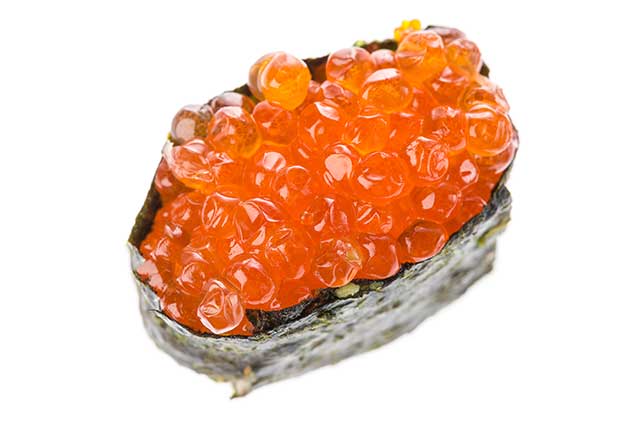
There are no significant concerns about salmon roe, and it is unlikely to have any side effects.
However, here are a couple of potential negatives worth considering.
1) Fish Roe Allergy
Fish roe allergy is a rare but potential issue.
Interestingly, research suggests that fish roe has been the cause of severe allergic reactions in people without pre-existing fish allergies (23).
Additionally, in Japan, where fish roe is a favorite food item, fish roe allergy is more common. Case studies show that, in some cases, salmon roe has triggered anaphylaxis (severe allergic reaction) (24).
2) Salmon Roe Is Expensive
Another drawback of salmon roe is the relative expense.
Unfortunately, these nutritious fish eggs come at a premium price.
For those that can afford salmon roe, it is a delicious and incredibly nutrient-dense choice.
However, other food options (like oily fish) offer better value for money.
How To Eat Salmon Roe
For someone who has never tried fish eggs before, one of the first thoughts might be, “how can I eat them?”
In Japan, salmon roe is a common ingredient for sushi and raw fish/rice mixed dishes.
However, this is far from the only way to use salmon roe.
Here are some recipe ideas;
1) Nori-Wrapped Salmon Roe and Cream Cheese
Ingredients;
- 1 oz (28 grams) of salmon roe
- Nori (dried seaweed) sheet
- 1 tsp soy sauce
- 1 tsp lemon juice
- 1.5 oz (42 grams) cream cheese
First of all, spread the cream cheese in the middle of the nori sheet.
Next, combine the salmon roe with one teaspoon of soy/tamari sauce and one teaspoon of lemon juice.
Mix the roe and then place it on top of the cream cheese in the dried seaweed. Add some slices of avocado and then roll the nori sheet up.
2) Salmon Roe Salad
Salmon roe has a crunchy texture, so it combines well with other crunchy salad items like cucumber and red onion.
For a creamy and crunchy sour-cream inspired roe salad, see this recipe here.
3) Sour Cream and Salmon Roe Deviled Eggs
For one of the tastiest ways to eat eggs, this recipe combines eggs, roe, sour cream, and a variety of delicious flavor-enhancing ingredients.
Where To Buy Salmon Roe
It is possible to buy salmon roe from a wide variety of online stockists.
Sometimes Russian supermarkets and Japanese/East Asian grocery stores may also sell it.
It is also possible to buy on Amazon, although the prices are a bit higher than they would be in a physical store.
Final Thoughts
Salmon roe is delicious, and it is among the most nutrient-dense foods available.
With substantial amounts of protein, omega-3, vitamin B12, vitamin D, and more, it is an impressive source of essential nutrients.
However, the price makes it more of a treat than anything else.
For more on salmon products, see this guide to smoked salmon.

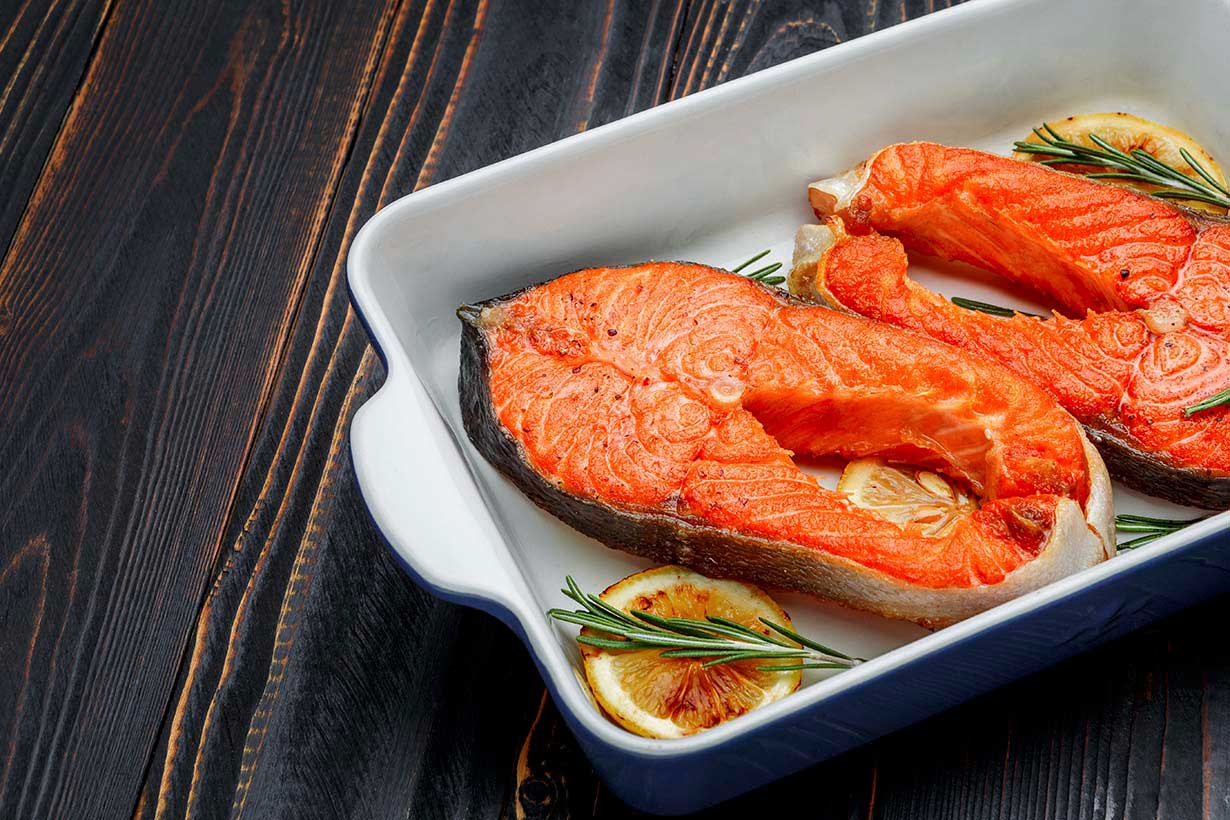
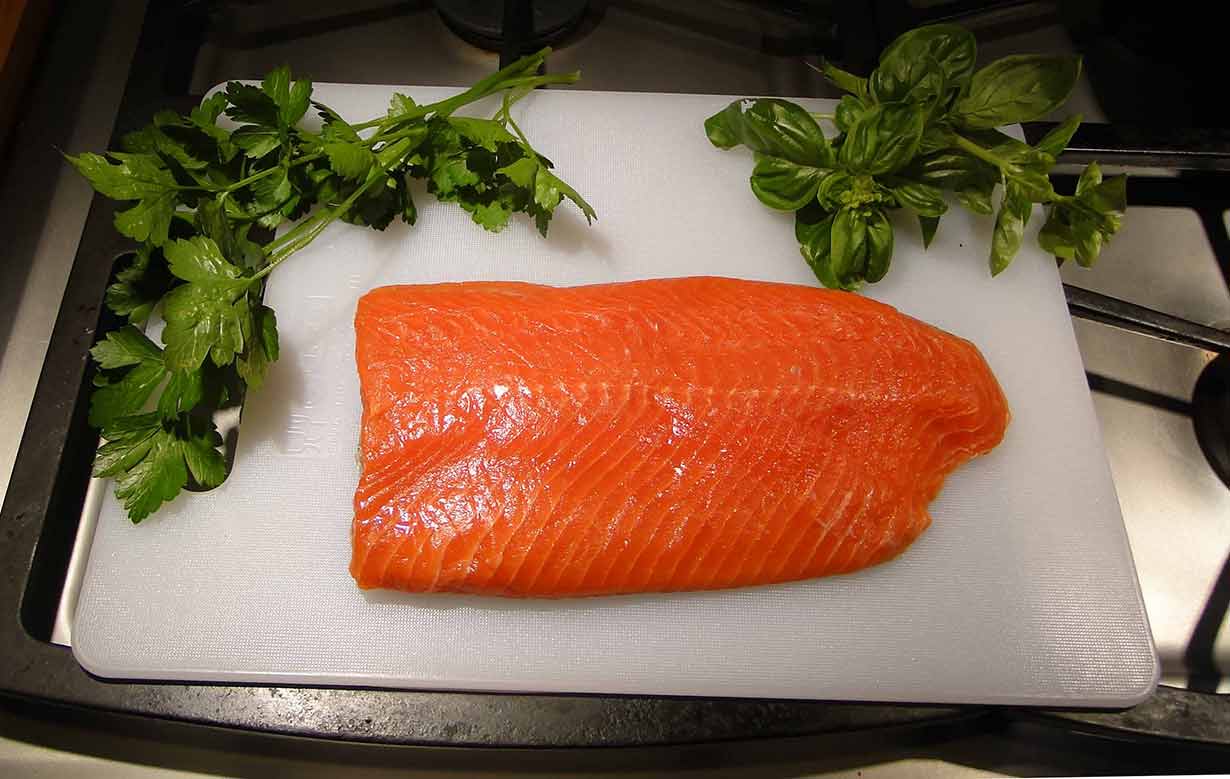
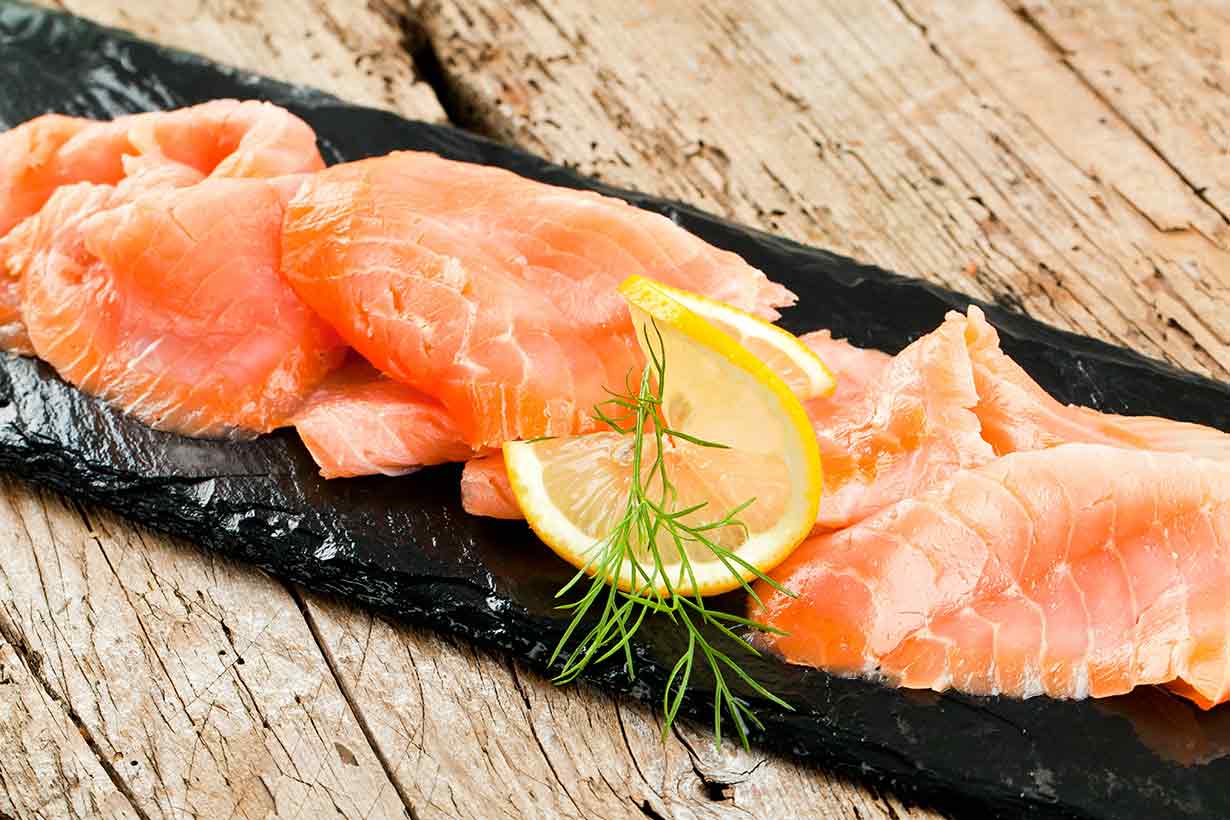
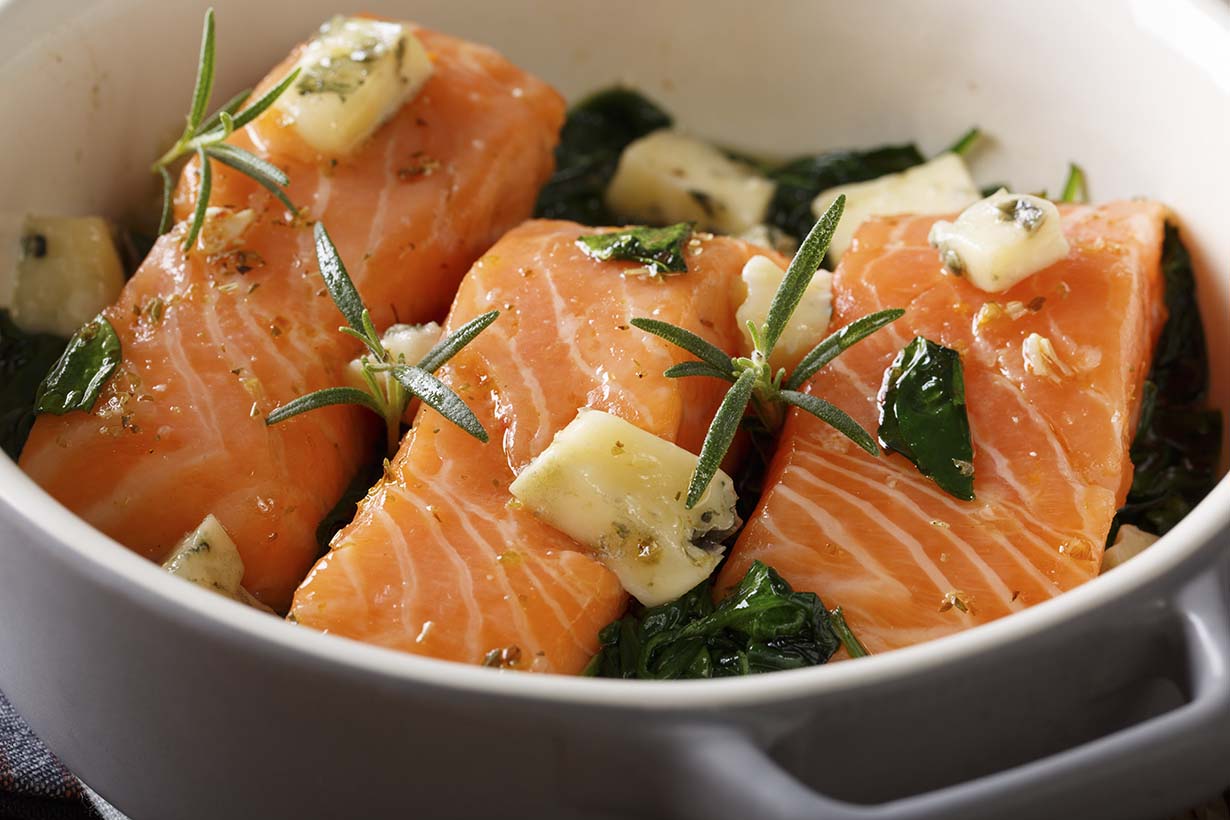
Hello,
Wild caught salmon roe is readily available in the supermarkets where I live. However the product is pasteurised. I am wondering if this process of pasteurisation affects the nutritional value of the eggs.
Any thoughts?
🙏🏼
Hi Megan,
Pasteurization shouldn’t have any impact on the nutrients present. The only real difference will be the longer shelf-life of the product.